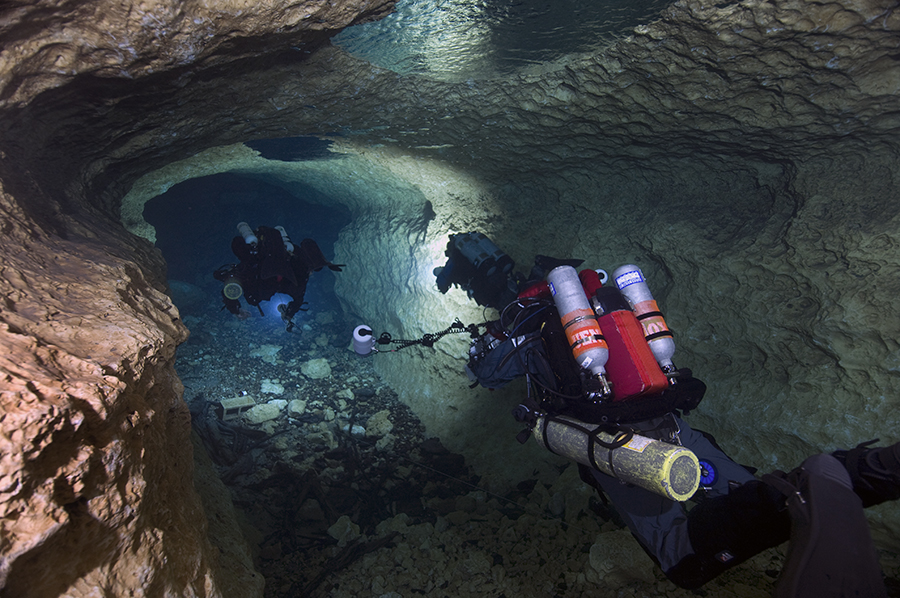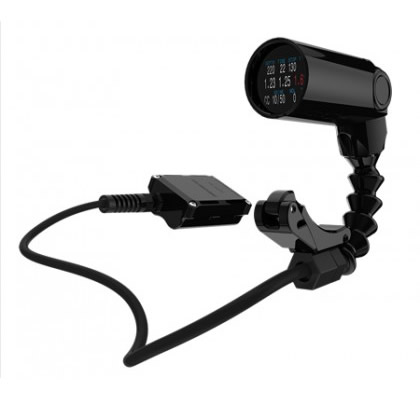Rebreathers are ideal for capturing incredible animal action. When you slide through the water column without making bubbles, suddenly you are a part of the environment, not simply an invader making noise and a curtain of gas. That being said, we use a different part of our mind to process creative thought than the part of the brain necessary for intellectual processing of rebreather skills. Videography and photography create an enormous task load and one that robs you of a sense of time. It takes a lot of skill and patience to force your mind to depart from the creative aspects of image-making and stay on top of monitoring your rebreather. I often shoot video and photos using my rebreather, but I am keenly aware that I have to stay on top of it and I advise my models to be extra vigilant with watching our time too.
Additionally, our buoyancy skills are hampered slightly with a rebreather. If you are a gas-miser, then your buoyancy skills will not be as fine-tuned as they are on open circuit scuba. You will need to monitor your onboard diluent and oxygen closely and allow for use of greater volumes. Conservation of the environment is critical and therefore, you should use a camera and viewfinder combination that allows you to look over the unit rather then through a small window, stuck against your mask.
Some features that help an underwater image-maker are:
1. HUD – A heads up display is critical. More importantly, it should be one that is capable of showing “exact PO2” and not just whether the diver is within range of his/her selected PO2. In my opinion, those types of HUDs do not protect the diver from making an inappropriate choice and not realizing their mistake. They also do not catch the diver who has forgotten to raise their set point at depth.
2. NERD – A new form of HUD, the NERD was created by Shearwater Research to show all your handset information in a small view find placed against your mask.
3. Some “Auto Set Point” features on some rigs will help ratchet up the set point as the diver descends, preventing you from slipping back to a lower partial pressure as oxygen is metabolized, but these are only appropriate for direct descents and not necessarily for slow or saw-toothed descents.
4. Vibrating Alarms – The Hammerhead-style rebreathers and some others such as the Sentinel, include a mouthpiece that vibrates in a life threatening situation. A vibrating alarm is nearly impossible to ignore and is far superior to simple audio alarms which may or may not be heard through a hood. Having also owned rebreather with simple audio alarms, I can tell you there is a big difference. Hoods impair hearing and older divers lose their ability to hear high frequencies, especially after a lifetime of listening to bubbles roar past their ears. Easily fifty percent of my diving colleagues cannot hear the beeps on their wrist computers.
So, despite the opportunities for animal interaction that rebreathers may present, ensure that you are making the right choice to use one for a particular dive mission. It all comes down to risk assessment. If you need every bit of your mind to run your camera well, then leave the breather behind. Perhaps that is why I still love to keep my free-diving skills up to snuff!


